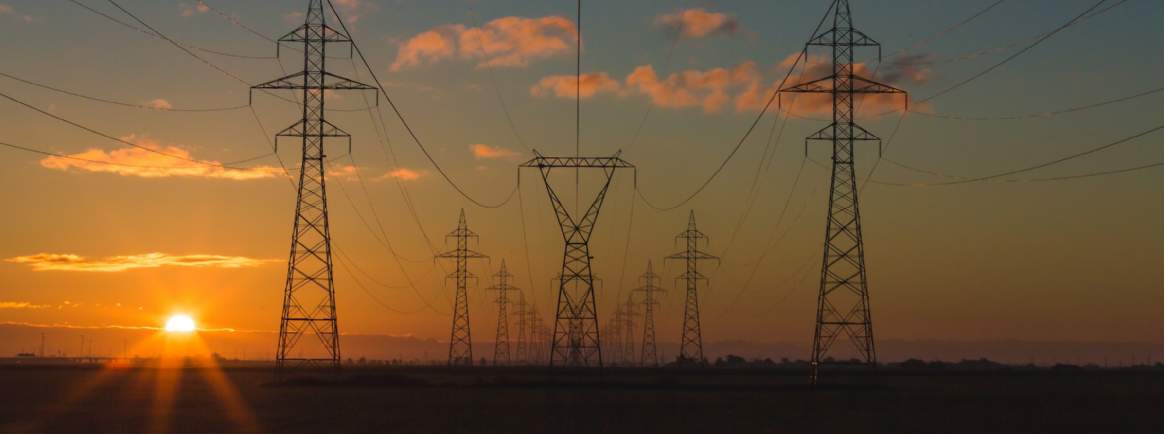According to Savills analysis, the current wholesale gas price (830p per therm at the time of writing) is over 16 times higher today than the equivalent in April 2021 (50p per therm). While skyrocketing consumer energy bills have made headlines, and rightly so, the impact energy price rises is having on commercial users, landlords and occupiers of property is only beginning to be acknowledged.
Coming out of Covid-19 lockdowns many businesses were hoping for a recovery, but while they may have bounced back in 2021, many are now suffering from an unenviable tripartite: increased material and labour cost inflation, slumping consumer confidence and soaring energy bills.
We know of one pub operator whose energy bills have gone from 12p a unit to 85p; they will be over £1 by the end of 2022, taking the operator's energy costs from 5 per cent of turnover to over 15 per cent and single-handedly wiping out their profits.
Another hotel operator is looking at a £125,000 rise in its annual bills. A pub chain is considering closing all of its kitchens as it can no longer profitably cook food, while a pizza restaurant has seen its price of gas spike from £2,000 per month to £6,000.
The longer term outlook is also challenged, as suppliers, worried about customers’ levels of debt and their ability to pay, are reducing the length of contracts. With clients on punitive standard variable rate contracts, many suppliers aren’t offering contracts above 12 months, and – in extreme cases – not offering contracts at all.
As rising costs see the value of gas and electricity contracts outweigh many businesses’ turnover values, credit worthiness is now a serious issue for the energy sector.
With no commercial energy price caps, how can you mitigate rising energy costs?
Act fast. The options available can be summarised by the acronym PEG (Procurement, Efficiency and Generation) although the hierarchy in which these are explored will vary between users:
Procurement Firstly double-check that you’re procuring your energy as cheaply as possible. While the current macro-economic climate means there are no ‘cheap’ tariffs out there, some are cheaper than others.
The energy market is highly volatile, with slight shifts in weather, politics, economics and fundamentals (fuel prices, demand, renewable generation, interconnected capacities) leading to daily fluctuations. The greatest risk at this point is the war in Ukraine and the continuing chance that as a ‘counter sanction’ Russia will shut off the gas this winter.
While many of these issues are outside our control, by speaking to a broker you gain an informed view of the market, at the same time being able to access rates that are not widely available.
Crucially, if you are looking to reduce your consumption via efficiency and onsite generation, most suppliers have a volume tolerance of 80-120 per cent of a contracted quantity. Therefore if you reduce your consumption by more than 20 per cent, you will be subject to take or pay clauses. We suggest to clients that they contract for 90 per cent of the previous annual quantity, therefore allowing them to vary by 72 to 108 per cent of the prior amount.
Efficiency Many commercial operators have begun to explore increasing the energy efficiency of their properties to meet net zero. Now’s the time to accelerate these plans. Can capital expenditure be brought forward to invest in energy efficiency measures now rather than later? Given the cost increases we’re seeing, improvements today will likely pay for themselves much sooner than those made in three or four years’ time. Plus, in the battle to reduce carbon emissions, the world will thank you for it.
Generation Another investment could be in generating your own energy. This is not an overnight solution, but will give you security of supply and long-term price reductions. Installing solar photovoltaics, wind or hydro technology, depending on the size of your site, to generate carbon-neutral electricity will again save money in the long term and have environmental benefits. In some cases public subsidy or tax incentives may be available. While the lead-in times for the materials and labour to carry out such projects have increased as their popularity has grown, it’s worth checking what options are available.
Further information
Contact David Thomas or Chris Cummings


-be-a-significant-emerging-asset-class-in-europe(1).jpg)
.jpg)
.jpg)
.jpg)




.jpg)